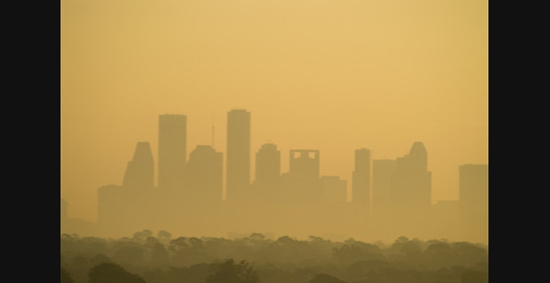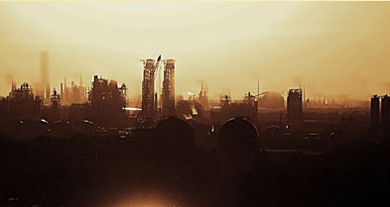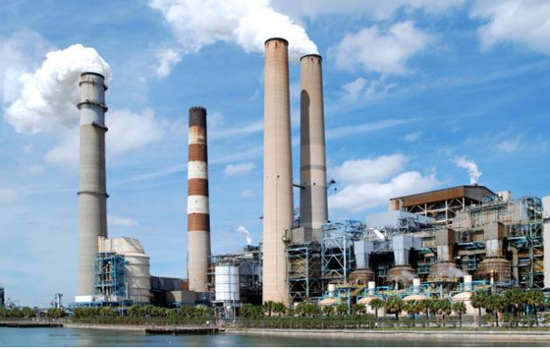JULY 27, 2011
BY: GINA CARROLL
The Examiner
We Texans love to be number one. We like to say, "don’t mess with Texas" and "everything’s big in Texas." These sayings embody our pride in our state and our collective spirit to do things well and right and for the greatest possible impact. This winning attitude is often evident on Texas athletic fields, in Texas board rooms and with regard to our stellar reputation in philanthropy.

But we excel at some things that do not at all reflect well on us. Texas ranks number one among all states for its mercury pollution and we are first in the entire nation in mercury pollution from power plants. I recently wrote about the fact that Texas is on the "Toxic 20" List of the most polluted states. The fact that Texas ranks #13 is misleading. Being #13 on the pollution short list is terrible. And still, this ranking does not even begin to disclose the trouble we are in here in Texas.
As far as pollution is concerned, mercury is some of the nastiest and most harmful! Mercury is a highly potent neurotoxin that poses especially serious risks to pregnant women and infants. Mercury can damage brain development; cause learning disabilities; result in language disorders and memory problems; and impair vision and hearing.
Over 400,000 newborns in the United States are exposed to mercury levels that can cause this kind of damage. Since Texas’ mercury emissions account for a whopping 85% of all state mercury air pollution, it follows that Texas polluters are exacting the most damage upon infants and children. In addition, adult exposure to mercury is associated with heart disease and other cardiovascular illnesses. (Learn more about mercury HERE)
This is not the kind of record we Texans should want to maintain, nor we parents want to subject our families to. Many of us feel helpless in the face of such an enormous hurdle as cleaning up our air. But there are lots of ways to make an impact. And we must. It’s time to take our Texas can-do spirit and stand up to polluters. The first necessary act is to arm yourself with the facts—
Check out this article to learn more about the fight in Texas to stem pollution from coal-fired plants- Dispatches from the front(s): Texas’ multifaceted coal war rumbles on
Below are local Houston organizations that are working to clean up the air and make polluters take responsibility. Join them, spread the word. Taking action to make Texas a safe place for our children and our children’s children is a vital part of our job as parents!
Air Alliance Houston – This is the organization that merged with Moms For Clean Air. They still utilize mothers as activists and community liaisons.
CLEAN (Citizens League for Environmental Action) Houston- The CLEAN website offers lots of information and ways to act.
Clean Air Action– Clean Air Action and Commute Solutions Houston focus mostly on vehicle emissions and alternative fuels. Check out there calendar of events.
Commute Solutions Houston
Then when you are all informed and furious about the poor quality of your air and how it is making Texas kids sick and poorly functioning, JOIN Mom’s Clean Air Force. Send the message–DON”T MESS WITH TEXAS MOMS! Go HERE to join.
This document contains copyrighted material whose use has not been specifically authorized by the copyright owner. SEED Coalition is making this article available in our efforts to advance understanding of ecological sustainability, human rights, economic democracy and social justice issues. We believe that this constitutes a "fair use" of the copyrighted material as provided for in section 107 of the US Copyright Law. If you wish to use this copyrighted material for purposes of your own that go beyond "fair use", you must obtain permission from the copyright owner.
 The
The 